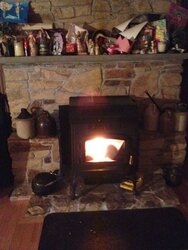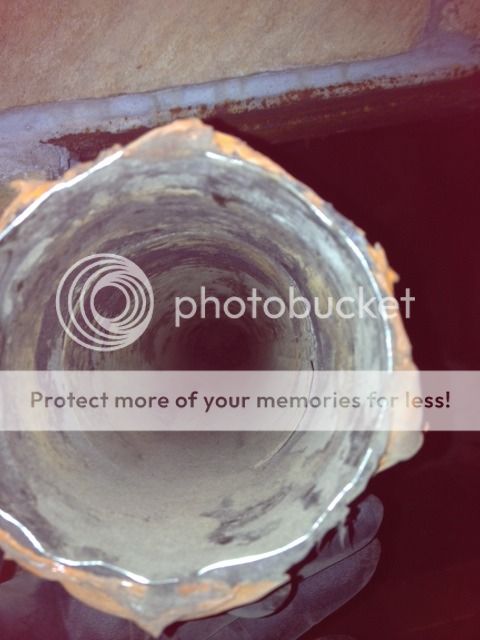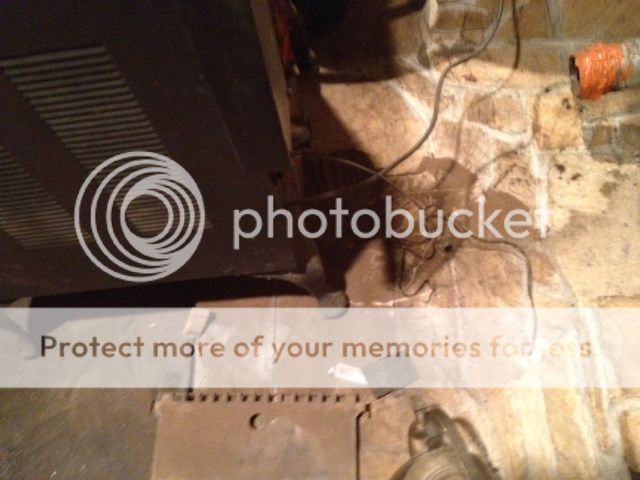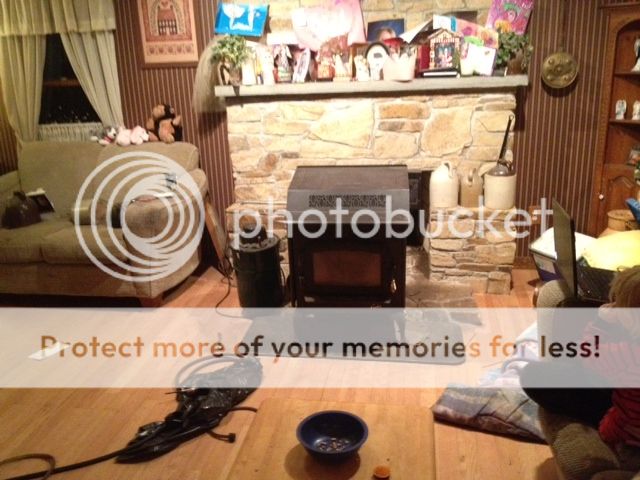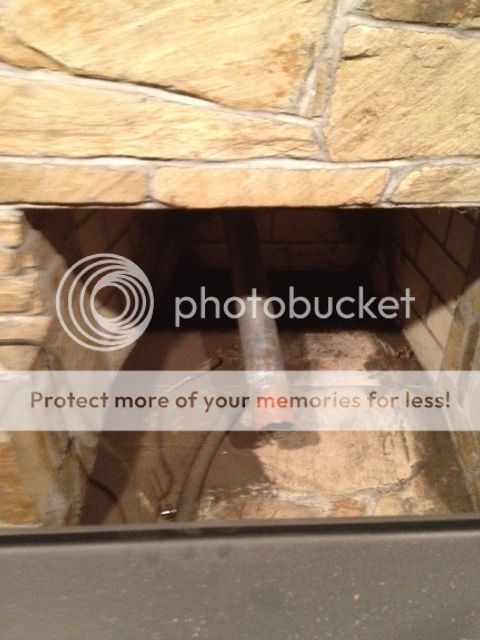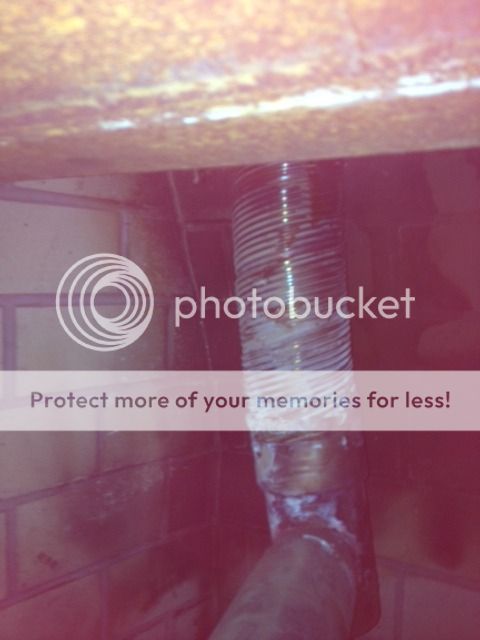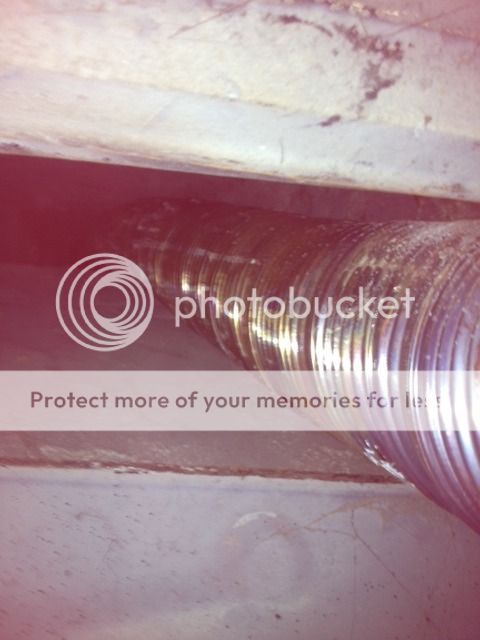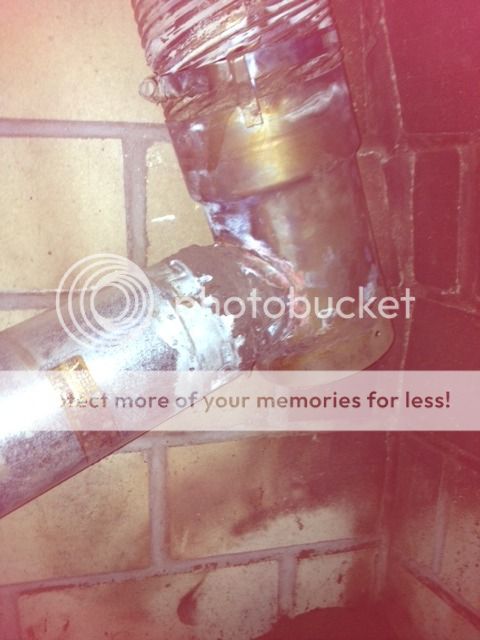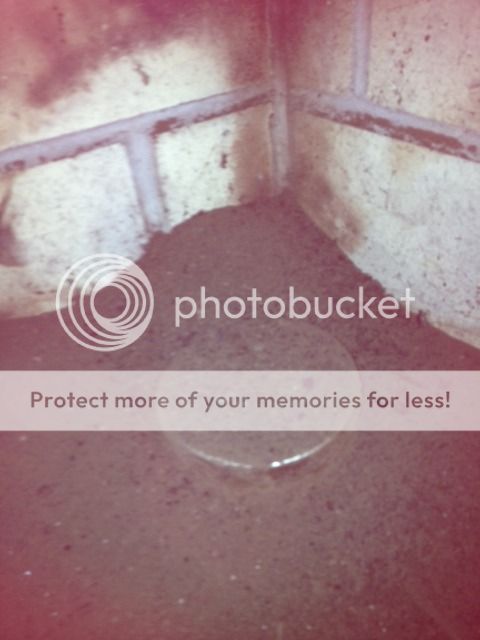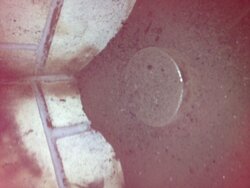Hello Folks,
I am at wits end with my St. Croix Prescott EXL. I have tried to join every forum and read every article that I can about this stove. Anytime I try to run this stove at any heat setting over three the stove will back up the pellets in the burn pot and its backs up into the chute where the pellets drop & for the most part my flame is huge. This stove has run like this since day 1. As long as I stay at 3 and below its fine. But sometimes in New England that is just not enough. I also have to keep the feed level at 1 & 4 which is the lowest setting. Ok so tonight I get my infamous #2 light that I get a couple of times a year. So I pulled the stove out of my fireplace and start to take the motor out. Getting ready to disconnect the Black and the White but the brown is chopped off. Look on the side of the door and their no schematic. I am sure that it is user era but I can not get this stove to work properly and I have had it for 3 years. I have had two boards replaced in the computer, and I have had this unit installed by professionals. Chimney is probably 20ft high and the company put a liner in the fireplace. I am getting a lot of clunkers in the burn pot, I am using New Englander Pellets. I love the stove and I love the money it saves me. But it can't be this hard to get a stove running properly. I clean the burn pot area once a day. I would appreciate any input you could provide. I have gone back to the dealer numerous times with no luck. I have emailed the company and still no luck, and actually I have never got a reply back from the company.
I am at wits end with my St. Croix Prescott EXL. I have tried to join every forum and read every article that I can about this stove. Anytime I try to run this stove at any heat setting over three the stove will back up the pellets in the burn pot and its backs up into the chute where the pellets drop & for the most part my flame is huge. This stove has run like this since day 1. As long as I stay at 3 and below its fine. But sometimes in New England that is just not enough. I also have to keep the feed level at 1 & 4 which is the lowest setting. Ok so tonight I get my infamous #2 light that I get a couple of times a year. So I pulled the stove out of my fireplace and start to take the motor out. Getting ready to disconnect the Black and the White but the brown is chopped off. Look on the side of the door and their no schematic. I am sure that it is user era but I can not get this stove to work properly and I have had it for 3 years. I have had two boards replaced in the computer, and I have had this unit installed by professionals. Chimney is probably 20ft high and the company put a liner in the fireplace. I am getting a lot of clunkers in the burn pot, I am using New Englander Pellets. I love the stove and I love the money it saves me. But it can't be this hard to get a stove running properly. I clean the burn pot area once a day. I would appreciate any input you could provide. I have gone back to the dealer numerous times with no luck. I have emailed the company and still no luck, and actually I have never got a reply back from the company.


